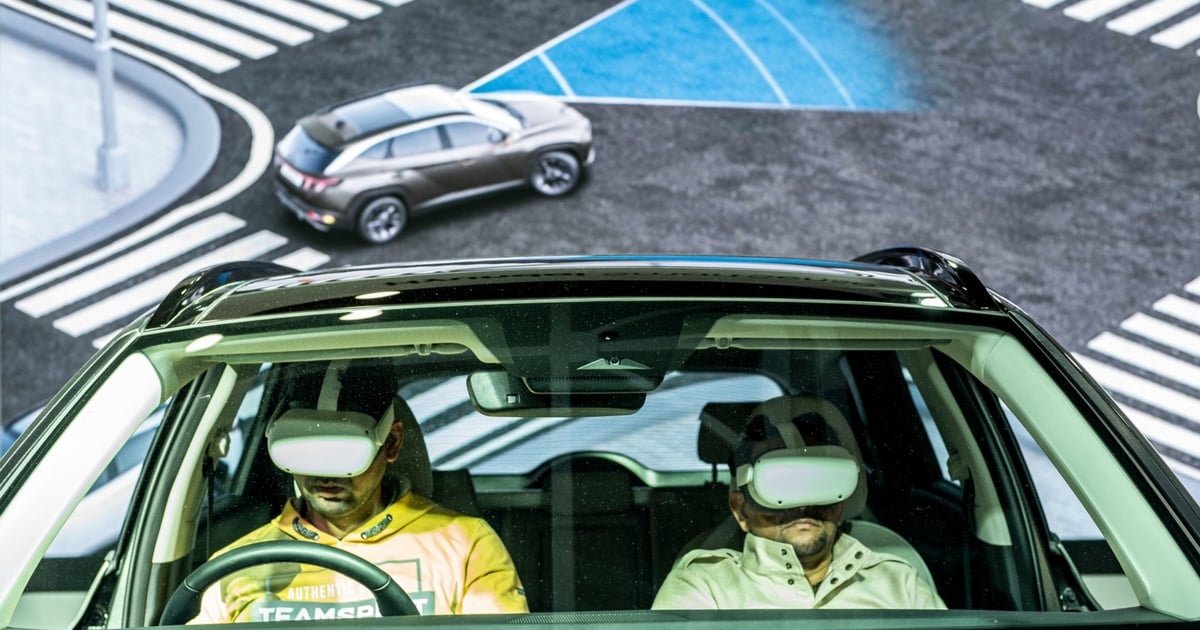
India’s transition to electric vehicles is giving automakers whose conventional gasoline cars have failed to make a mark a second chance.
High taxes, price-conscious consumers and tricky logistical issues have made it tough for many foreign carmakers to thrive in one of Asia’s biggest economies. They’ve found it difficult to loosen the grip of local players like Maruti Suzuki India Ltd., a household name since the 1980s thanks to its iconic Maruti 800 that became the first affordable car for the masses.
But with the advent of EVs, firms like MG Motor India Pvt, the local unit of China’s SAIC Motor Corp., Renault SA, Nissan Motor Co. and Volkswagen AG may finally gain a better foothold.
While MG Motor controls just a fraction of the local passenger vehicle market, last month it announced ambitious plans to grab a share of the country’s budding EV space, expecting to derive as much as three-quarters of its sales in India from electric cars by 2028 via the launch of four to five new models, most of them pure electric.
MG Motor is also building a second factory to make EVs, with an investment of 50 billion rupees ($607 million), that would increase its combined production output in India to as many as 300,000 cars a year, and constructing a battery assembly unit in the western state of Gujarat. On top of that, it plans to dilute its 100 percent shareholding of its local unit with the aim of having it majority owned by an Indian firm in two to four years.
Other international automakers that already have a chunk of the Indian car market are taking advantage of the EV shift to expand their presence.
In May, Hyundai Motor India Ltd. said it will plow 200 billion rupees into an EV ecosystem in the southern state of Tamil Nadu. That will involve setting up a battery pack assembly with an annual capacity of 178,000 units, installing 100 charging stations on major highways and introducing new electric models by 2032.
EV sales stood at just 49,800 units last year, accounting for only 1.3 percent of the 3.8 million passenger vehicles sold, according to BloombergNEF. The higher cost of EVs versus internal combustion engine cars and few public charging spots have slowed adoption. BNEF, in its latest long-term EV outlook, lumps India into the ‘late’ category when looking at the possibility of achieving a full phase-out of ICE car sales by 2038, noting that it’s currently not on track for net zero emissions in the passenger car segment by 2050.
Still, as the U.S.-China trade tensions mount, global automakers are revisiting India for its vast growth potential and as an alternative manufacturing base. Prime Minister Narendra Modi is making use of the shifting geopolitics to lure companies with cash incentives, encouraging them to make everything from smartphones to semiconductors in the nation.
Europe’s largest carmaker Volkswagen is a case in point. It’s reportedly planning to electrify 30 percent of its passenger vehicle lineup in India by the end of this decade and potentially launch its first electric car, the ID.4, there next year.
Tesla Inc., after a long standoff, also appears to be softening, with senior executives visiting India last month to discuss the possible local sourcing of components. They also spoke with federal government officials about incentives in a bid to diversify Tesla’s supply chain beyond China, people familiar with the matter said.
Renault and Nissan too are planning to invest around $600 million in India to expand their car lineup, including two electric models, in addition to decarbonizing a manufacturing plant in Chennai.
It won’t be an easy road but considering many local automakers (except for perhaps Tata Motors Ltd.) have yet to embrace EVs in a meaningful way, the foreigners stand a fighting chance.